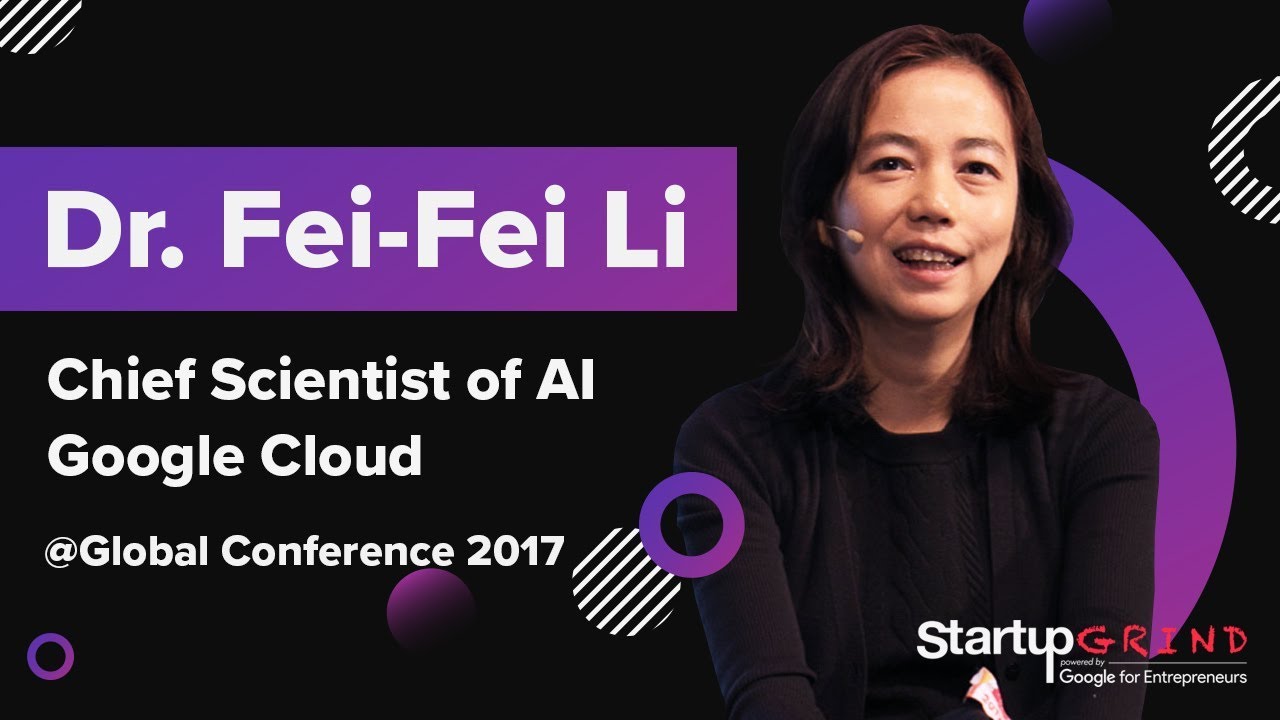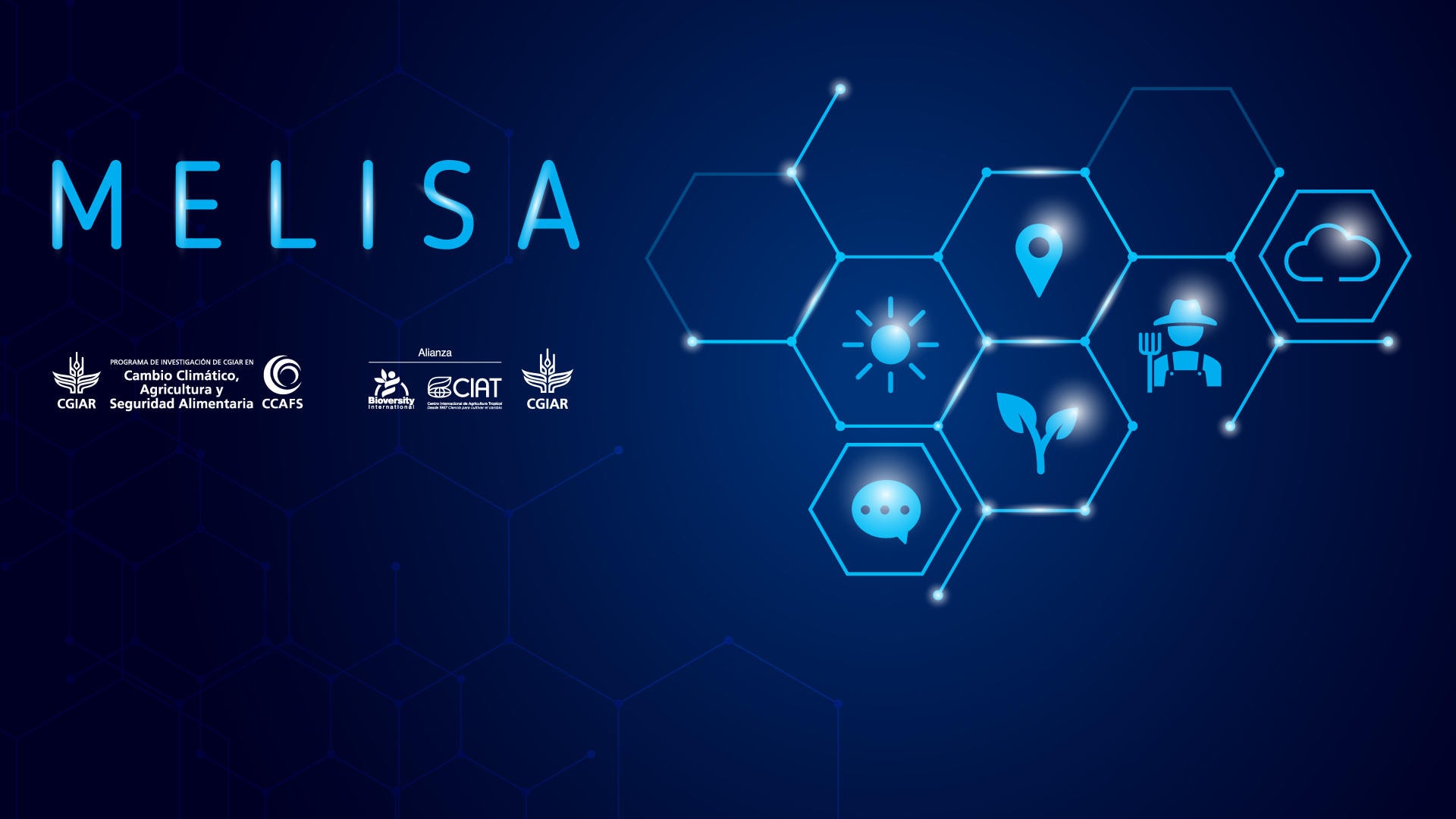
An AI Chess Player is a computer program playing chess. There are several levels of skill. The highest AI chess player will have at most three thousand. You can change the level of the computer to make it close. The score will be shown to the right. If one color is leading tactically, it will also show it.
AlphaZero
AlphaZero, an AI player in chess, has a powerful representational method. It uses the previous moves and current board layout to calculate probabilities of winning. AlphaZero uses M.C.T.S. (a representational analytics algorithm) that focuses on winning the best move. Its neural network can process 80,000 positions per second, and currently ranks fourth in the world.
While many believe that AlphaZero is an artificial intelligence, a recent study suggests that AlphaZero can learn a game anew, which explains its unusual, dynamic and creative playing style. Expert chess players, including Matthew Sadler, Natasha Regan, and others, have analyzed AlphaZero's play style. They concluded that AlphaZero’s strategy was not only unique and creative, but also dynamic.

Deep Blue
IBM developed Deep Blue, an artificial intelligence program for chess. This system uses a parallel chess tree search algorithm to analyze millions of possible moves and determine the most appropriate move for a given position. It can explore up to 100,000,000 chess positions per second. To test the program, IBM researchers brought in Joel Benjamin (a U.S. player who is a grandmaster) and Joel Benjamin (a U.S chess player).
IBM researchers created a new machine by using Deep Blue's algorithm. The team created new chips for chess positions and optimized large numbers processors to run in parallel. The final machine consisted of a 30 processor supercomputer and 480 custom embedded circuits. The Deep Blue team referred to the new version as Deeper Blue, and it was capable of exploring 40 moves into the future. 1998 was the year it became a success.
Humans
In fifteen years, human players have never beaten a computer. The dominance of AI chess players has diminished human creativity and led to soulless algorithms. A new research paper suggests that AI can actually be beneficial to people. The new chess engine mimics human play, and can improve the skills of both amateur and professional players. A University of California Berkeley study has also shown that AI can outperform human players.
Computers can learn from past games and analyze them to be better than humans at chess. Human chess experts spend years perfecting their skills. The AI can learn the game in half the time it takes a human. AI is also able to learn the game without rest or rely on human study habits. This means that AI could become more adept at playing chess than humans in future.

Silicon
Magnus Carlsen (23-year-old world champion in chess) met recently with techies in Mountain View. Peter Thiel is a billionaire investor who was Peter Thiel's co-founder of PayPal. His one-liner answers were perfect, and the audience laughed as they listened. It's not surprising that Silicon Valley techies would desire to learn the secrets and strategies of genius chess players.
A damp cloth can be used to wipe the silicone chess board. You should not let it get too wet. Use the clean side. This should be repeated after each use. The dirt can harden and make it difficult to clean. The best way to keep the board clean is to wipe it down after each use. If the dirt is difficult to remove or too thick, you might need to purchase a new board.
FAQ
What does AI look like today?
Artificial intelligence (AI), which is also known as natural language processing, artificial agents, neural networks, expert system, etc., is an umbrella term. It is also called smart machines.
Alan Turing was the one who wrote the first computer programs. He was interested in whether computers could think. In his paper "Computing Machinery and Intelligence," he proposed a test for artificial intelligence. This test examines whether a computer can converse with a person using a computer program.
John McCarthy, who introduced artificial intelligence in 1956, coined the term "artificial Intelligence" in his article "Artificial Intelligence".
Today we have many different types of AI-based technologies. Some are simple and easy to use, while others are much harder to implement. These include voice recognition software and self-driving cars.
There are two major types of AI: statistical and rule-based. Rule-based relies on logic to make decision. To calculate a bank account balance, one could use rules such that if there are $10 or more, withdraw $5, and if not, deposit $1. Statistical uses statistics to make decisions. To predict what might happen next, a weather forecast might examine historical data.
How will governments regulate AI
While governments are already responsible for AI regulation, they must do so better. They must make it clear that citizens can control the way their data is used. And they need to ensure that companies don't abuse this power by using AI for unethical purposes.
They need to make sure that we don't create an unfair playing field for different types of business. A small business owner might want to use AI in order to manage their business. However, they should not have to restrict other large businesses.
Are there any AI-related risks?
Yes. There always will be. Some experts believe that AI poses significant threats to society as a whole. Others argue that AI is not only beneficial but also necessary to improve the quality of life.
AI's potential misuse is the biggest concern. AI could become dangerous if it becomes too powerful. This includes autonomous weapons, robot overlords, and other AI-powered devices.
AI could take over jobs. Many fear that robots could replace the workforce. But others think that artificial intelligence could free up workers to focus on other aspects of their job.
Some economists even predict that automation will lead to higher productivity and lower unemployment.
What's the future for AI?
Artificial intelligence (AI) is not about creating machines that are more intelligent than we, but rather learning from our mistakes and improving over time.
So, in other words, we must build machines that learn how learn.
This would allow for the development of algorithms that can teach one another by example.
It is also possible to create our own learning algorithms.
Most importantly, they must be able to adapt to any situation.
Is there any other technology that can compete with AI?
Yes, but not yet. There have been many technologies developed to solve specific problems. None of these technologies can match the speed and accuracy of AI.
Statistics
- A 2021 Pew Research survey revealed that 37 percent of respondents who are more concerned than excited about AI had concerns including job loss, privacy, and AI's potential to “surpass human skills.” (builtin.com)
- The company's AI team trained an image recognition model to 85 percent accuracy using billions of public Instagram photos tagged with hashtags. (builtin.com)
- According to the company's website, more than 800 financial firms use AlphaSense, including some Fortune 500 corporations. (builtin.com)
- In 2019, AI adoption among large companies increased by 47% compared to 2018, according to the latest Artificial IntelligenceIndex report. (marsner.com)
- By using BrainBox AI, commercial buildings can reduce total energy costs by 25% and improves occupant comfort by 60%. (analyticsinsight.net)
External Links
How To
How to set up Google Home
Google Home is an artificial intelligence-powered digital assistant. It uses natural language processors and advanced algorithms to answer all your questions. With Google Assistant, you can do everything from search the web to set timers to create reminders and then have those reminders sent right to your phone.
Google Home seamlessly integrates with Android phones and iPhones. This allows you to interact directly with your Google Account from your mobile device. By connecting an iPhone or iPad to a Google Home over WiFi, you can take advantage of features like Apple Pay, Siri Shortcuts, and third-party apps that are optimized for Google Home.
Google Home, like all Google products, comes with many useful features. It will also learn your routines, and it will remember what to do. So, when you wake-up, you don’t have to repeat how to adjust your temperature or turn on your lights. Instead, you can just say "Hey Google", and tell it what you want done.
These steps will help you set up Google Home.
-
Turn on your Google Home.
-
Hold the Action button in your Google Home.
-
The Setup Wizard appears.
-
Select Continue.
-
Enter your email address and password.
-
Select Sign In.
-
Google Home is now available